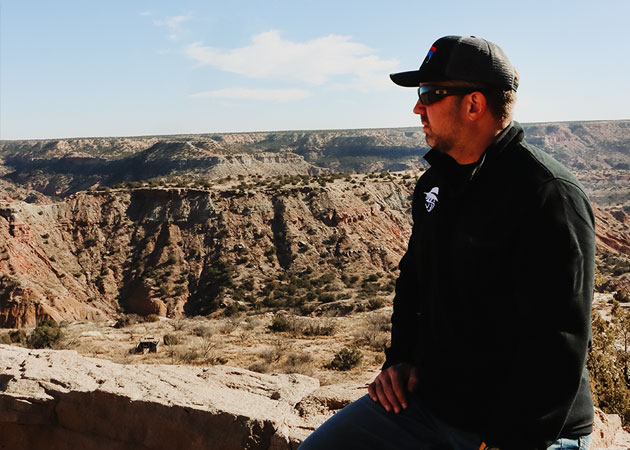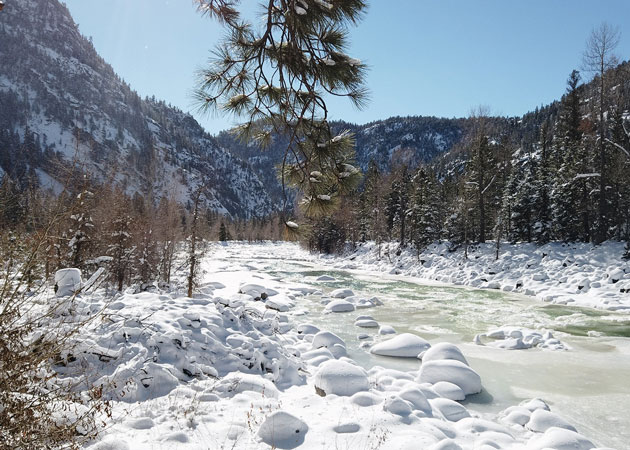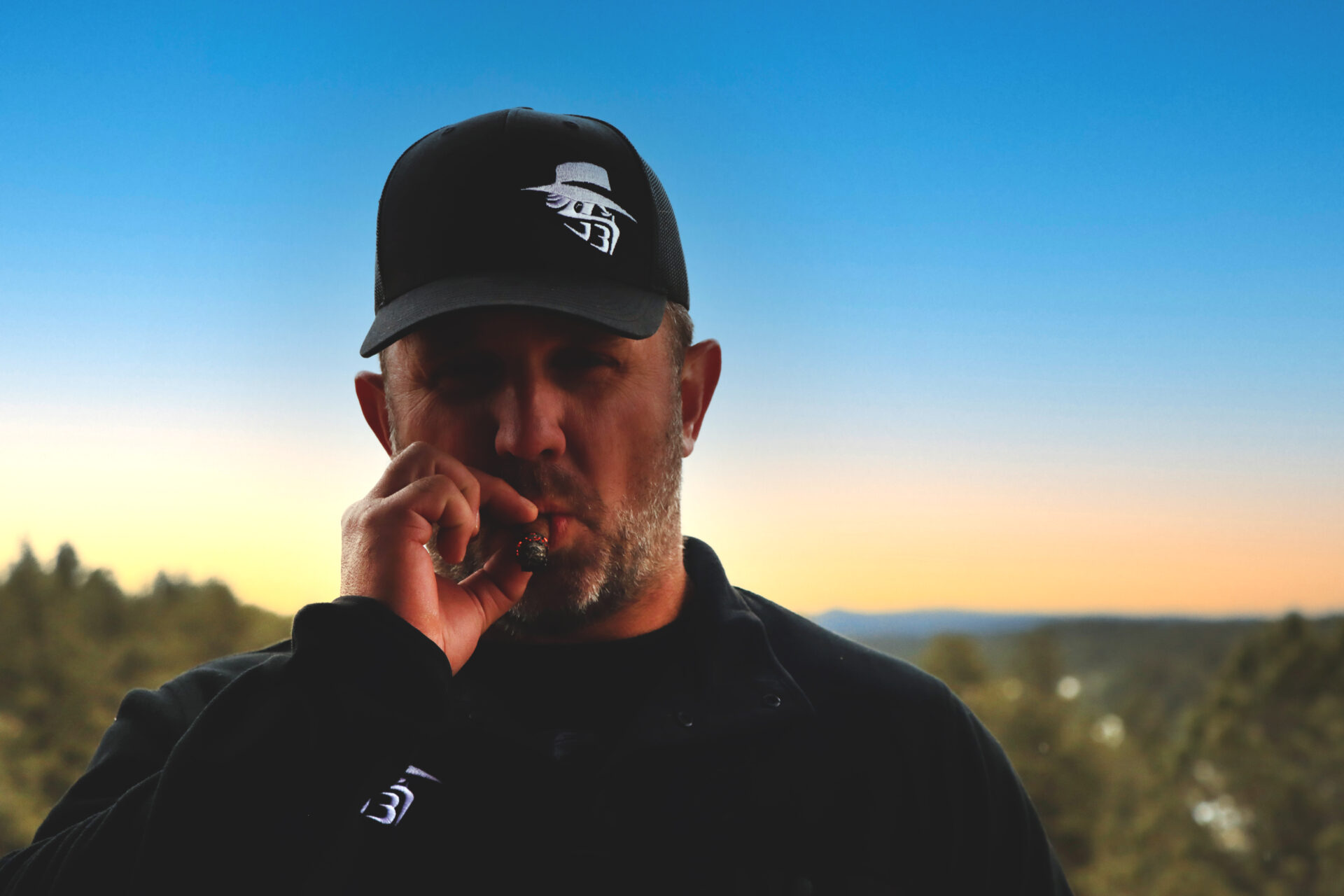Who is Edwards County Texas named after?
Edwards County Texas was named after Haden Edwards, a notable figure in the history of Texas. He was an empresario, which meant he had been granted the right to settle on land in exchange for recruiting and taking responsibility for new settlers. The county was established and organized in 1883 and it continues to bear his name as a testament to his contributions.
Ever heard of Edwards County, Texas? Visualize the stunning landscape of Edwards County Texas. Imagine rolling hills stretching as far as the eye can see. Feel the adrenaline rush from hunting exotic wildlife and savoring breathtaking sunsets that set the sky ablaze.
This is Edwards County – an unassuming jewel nestled in the heartland of Texas. Discover what lies beneath the surface of Edwards County – an unassuming gem in the Lone Star State. This post will take you on a journey through its rich history, unique topography, thrilling hunting opportunities, diverse ecosystems, and an exclusive Edwards County Texas resource list to help if you ever travel or buy land in this Texas County.
You’ll discover why investing here could be your golden ticket to owning a piece of this Texan paradise! Ready for an adventure? Stay tuned because we’re just getting started!
Table Of Contents:
- The Historical Significance of Edwards County Texas
- Geographic Location and Topography of Edwards County Texas
- The Thrill of Hunting in Edwards County Texas
- Exotic (Non Game) Wildlife in Edwards County Texas
- Real Estate Opportunities – Land for Sale in Edwards County
- Vegetation Types Dominating the Landscape of Edwards County
- Vegetation of Edwards County Texas
- Economic Activities in Edwards County
- Rocksprings Texas. Edwards County History
- Things to do in or near Edwards County Texas
- Conclusion
The Historical Significance of Edwards County Texas
Edwards County Texas, nestled in the heartland of Texas, holds a rich tapestry of history. Its story began with the establishment by Spanish colonizers in 1883.
Edwards County’s past isn’t just about its establishment; it had a great influence on the development of Texas.
.png)
Pioneer Spirit Shaping Edwards County Texas
A quintessential pioneer spirit defines this region due to its significant role during America’s westward expansion era. Pioneers braved harsh conditions for better opportunities, imbuing future generations with resilience that remains evident today.
The remnants from their settlement efforts still stand as monuments across the county—each narrating tales of struggle, triumphs, adaptation. A visit to one such place is the Rocksprings Historic District, where you can witness buildings dating back to the early 20th century.
Cattle and Mohair Ranching Legacy
Cattle and Angora Goats (Mohair) ranching has been integral since Edward’s inception—it shaped not only its economy but also the social fabric.
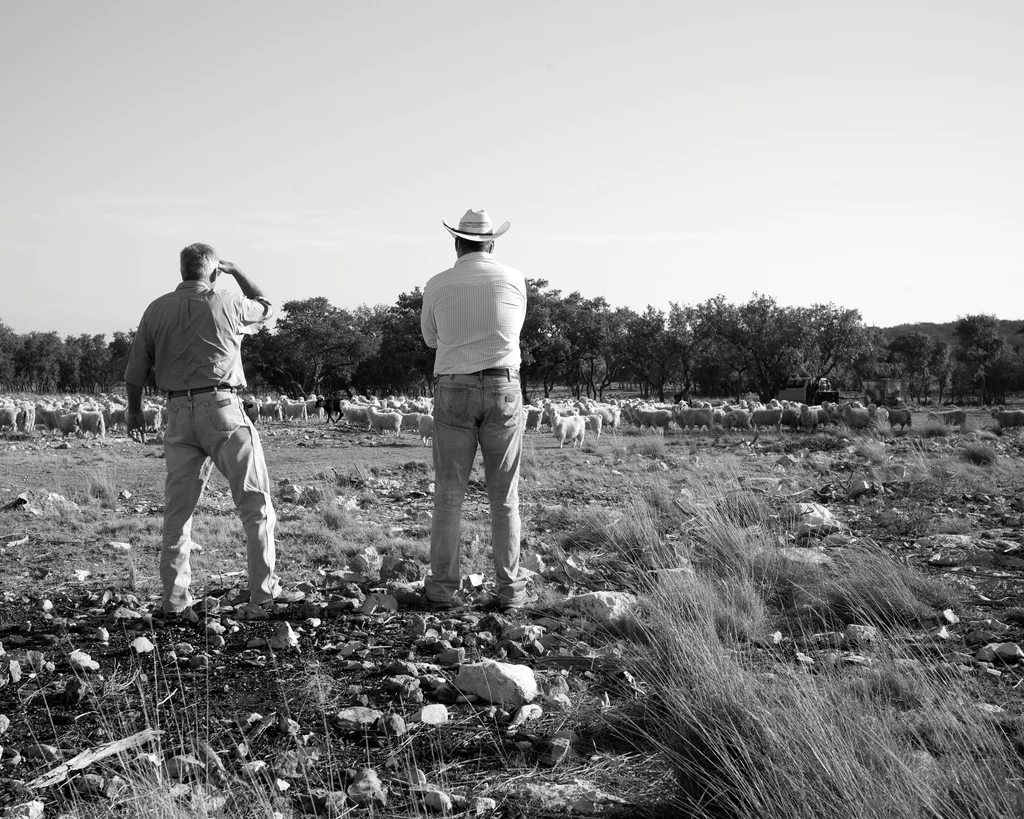
Source Mohair USA
Who were the Native Americans in Edwards County Texas?
The indigenous tribes that inhabited Edwards County, Texas primarily consisted of the Lipan Apache and Comanche. The Lipan Apache, known for their skilled horsemanship and fierce warrior culture, were hunters and gatherers who migrated seasonally to follow game. The Comanche tribe, also recognized as formidable horsemen and warriors, moved into this region during the 17th century. They dominated a vast territory across the Southern Plains and had a significant influence on trade networks. These Native American groups played an integral role in shaping the cultural history of Edwards County before European settlers arrived.
Geographic Location and Topography of Edwards County Texas
Nestled deep in the heartland of the Texas Hill Country, Edwards County is surrounded by scenic beauty that has been shaped over centuries. Its location offers an authentic taste of rural Texan life.
The county’s topography is as unique as its history. It sits atop the famous Edwards Plateau – a region known for its rolling hills, steep canyons, and abundant natural resources. This plateau gives way to expansive grasslands and wooded areas dotted with live oak trees, pinion pine, and mountain laurel.
A prominent feature you’ll find here are the sinkholes and cave systems. But don’t be fooled. These aren’t just holes; they’re gateways into vast underground caves like those found at Kickapoo Cavern State Park and Devil’s Sink Hole. Formed from dissolving limestone over thousands of years, these intricate cave systems provide an incredible glimpse into our planet’s past.
Rivers such as the Nueces cut through this landscape creating valleys where wildlife thrives – making it ideal for hunting enthusiasts.
- Limestone Cliffs: Towering cliffs made primarily from limestone add to the dramatic scenery across much of Edwards County.
- Caves & Sinkholes: Numerous karst features punctuate this terrain providing fascinating insights into geology while also offering habitats for diverse species including bats. For example Devil’s Sinkhole.
- River Valleys: The presence of river valleys contributes to both biological diversity and aesthetic appeal within this captivating region.
The terrain is rugged, yet it only adds to its captivating allure. Whether you’re an outdoor enthusiast or just appreciate nature’s beauty, the unique topography of Edwards County provides plenty to explore and admire.
The Influence of Topography on Life in Rocksprings
The area’s topography plays a vital role in defining life here. Characterized by rolling hills interspersed with deep canyons and wide valleys known as “draws”, this region offers scenic beauty like no other place.
A prominent feature is Devil’s Sinkhole, a National Natural Landmark just northeast of Rocksprings. The sinkhole holds significant ecological value as it houses one of Texas’ largest colonies of Mexican free-tailed bats – truly an awe-inspiring sight.
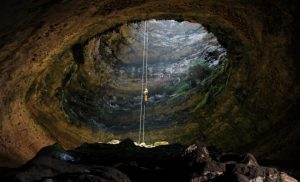
The Thrill of Hunting in Edwards County Texas
Edwards County Texas is a hunter’s paradise. Known for its vast expanse and diverse wildlife, it offers hunters an exciting and fulfilling experience.
This region boasts some of the best hunting around. You can hunt exotic or non game species year round. Deer season typically starts from November to January – that’s when you can feel the real thrill. But don’t forget about turkey hunting which usually runs during spring and fall.
Diverse Game Species
You won’t be short on options here; Edwards County is teeming with various game species such as white-tailed deer, wild turkeys, feral hogs, doves, quail just to name a few. In addition Edwards County Texas is well known for it’s diverse high fence and free range exotic game population including but not limited to axis, aoudad, elk, and sika.
White-tailed deer are particularly abundant due to their ideal habitat found within this county’s borders. The chance to hunt these majestic creatures draws enthusiasts from all over.
Hunter-friendly Landscapes
Beyond the abundance of game species available for hunting, what sets Edwards County apart are its landscapes – they’re designed by nature itself for thrilling hunts. With wide-open plains giving way to rocky hillsides and dense brush cover providing perfect hideouts for your prey—it truly feels like stepping into a different world altogether—a true wilderness.
Friendly Hunting Regulations
Texas has always been welcoming towards hunters—the state believes in sustainable hunting practices that not only offer excitement but also help manage animal populations effectively. You’ll need appropriate licenses though—to get them check out Texas Parks & Wildlife Department’s online portal. The exotic game population enables hunters to hunt year round, unlike many other counties or even states.
From the diverse wildlife to the vast landscapes and hunter-friendly regulations, Edwards County offers an unparalleled hunting experience. It’s no wonder why it’s often referred to as a ‘hunter’s paradise’.
Exotic (Non Game) Wildlife in Edwards County Texas
If you’re a wildlife enthusiast, Edwards County Texas is your paradise. Home to an impressive array of exotic species, the county offers unforgettable encounters with nature’s beauty. Even though many of these exotics animals are behind high fence properties and unable to escape, everyone of the animals listed below have free range across Edwards County Texas.
The Magnificent Axis Deer
Brought from India (Country) during the 1930s, Axis deer now thrive in this Texas county. Their distinctive spotted coats and sweeping antlers make them easily recognizable among local fauna.
Their populations have grown so much that they’ve become a beloved hunting target. But don’t worry. These herds are the second largest game invasive species in the State of Texas behind feral pigs. Go to https://jamesbigleyranches.com/ranch-management/axis-deer/ for more information.
Rare Blackbuck Antelopes
Another Indian (Country) native gracing Edwards County is the stunning Blackbuck antelope. With its striking black-and-white coat contrasted by twisting spiral horns, it’s no wonder these creatures captivate all who see them.
In addition to their visual appeal, Blackbucks are admired for their speed – reaching up to 50 mph when chased. It’s truly a sight worth witnessing if given the chance.
Aoudad Sheep
Aoudad sheep, also known as Barbary sheep, were not originally found in Texas but have been introduced to the state and have successfully established themselves in various regions, including Edwards County. These resilient creatures are well-suited for the
Texan landscape due to their ability to thrive in dry, rugged, and barren habitats. The first aoudad sheep arrived in Texas during the 1950s and their population has since flourished to over 5,000 individuals. Aoudad sheep are highly sought after by hunters for both
their meat and impressive horns. However, they can pose challenges for landowners as they may damage fences and compete with native wildlife for resources such as food and water. Go to https://jamesbigleyranches.com/ranching-news/aoudad/ for more information.

Flocks of Rio Grande Turkeys
Turkey might not sound exotic until you meet our large flocks of Rio Grande turkeys. Characterized by longer legs and slightly paler feathers than other turkey varieties, they’re a unique part of our ecosystem here in Edwards County.
Whether for bird watching or hunting season excitement, spotting one (or several.) is always a delight. Just remember, their sharp eyes and keen hearing make them tough to sneak up on.
From deer to blackbuck antelope, turkeys to countless other species – Edwards County is teeming with exotic wildlife waiting for your discovery. And who knows? You might just find your new favorite animal here.
Real Estate Opportunities – Land for Sale in Edwards County
For those in search of a Texas paradise, Edwards County real estate offers the perfect opportunity. Owning property in Edwards County offers an opportunity to experience a slice of Texas paradise with stunning landscapes and potential for a private retreat teeming with wildlife or serene homesteads.
The appeal lies not just in the stunning landscapes but also the potential these lands hold. Properties available range from hunting ranches teeming with wildlife to serene homesteads nestled among rolling hills.
Diverse Real Estate Options
No matter what your dream ranch looks like, there’s a good chance you’ll find it here. Whether it’s an expansive spread ideal for cattle grazing or a secluded spot perfect for quiet country living – every plot offers its unique charm.
This variety is largely due to the county’s diverse topography, which ranges from rocky cliffs and dense woodlands to flowing rivers and open pastures.
A Solid Investment Opportunity
In addition to their natural beauty, properties in Edwards County are seen as solid investments. As more folks get drawn towards rural living, demand has surged leading to appreciating property values over time.
- The median listing price per acre was $2300 at end-2023 according to James Bigley Ranches
- Land prices saw a decrease of 5% in the last year, although in prior years showed percentage gains of 5%+ year over year.
Investing in Edwards County isn’t just about the numbers. It’s also a chance to be part of a community that values its heritage and respects the land – an experience money can’t buy.
Vegetation Types Dominating the Landscape of Edwards County
The vibrant landscape of Edwards County is home to a rich variety of vegetation. From sprawling grasslands to dense woodlands, this county offers a tapestry that plays an essential role in local ecosystems.
Diverse Grassland Ecosystems
The Texas Parks and Wildlife Department notes that one dominant feature is its extensive grasslands. These open spaces host many native species like sideoats grama and blue grama, which offer sustenance for various wildlife.
Beyond just being grazing grounds though, these prairies play crucial roles in water filtration and soil conservation due to their deep-root systems.
Lush Woodland Areas
In contrast with the openness of the grasslands are Edwards County’s thick woodland areas. Primarily composed of oak varieties such as cedar juniper, pinion pine, live oak and shin oak, they provide important habitats for countless bird species and other fauna.
Vegetation of Edwards County Texas
Edwards County, Texas boasts a diverse vegetation comprising oak woodlands, juniper savannas, and prairie grasslands. The county is abundant with various tree species such as live oak, shin oak, Texas oak, pinyon pine, blueberry and redberry juniper, mesquite, lotebush, yucca, prickly pear, persimmon, hackberry, catclaw acacia. Additionally found are shrubs like agarita, bush, mountain laurel, Texas mountain laurel, cenizo, buckthorn, sumac, and many others. The grasses that flourish in the area include little bluestem, big bluestem ,Indian grass ,switchgrass along with numerous other varieties. The region also hosts a plethora of forbs including black-eyed Susan , Indian blanket ,Engelmann’s daisy, Texas bluebonnet among several others. Edwards County is home to rare and endangered plants such as the Texas snowbell, the Bracted twist-flower, Texabama croton, and the precious Texas wildrice. The vegetation in Edwards County serves multiple vital purposes. It provides crucial habitat for an array of wildlife species like white-tailed deer, javelina, turkey, and quail. Its presence helps safeguard soil from erosion while effectively filtering water runoff. The vegetation also plays a significant role in supporting livestock activities and providing recreational opportunities within the county’s boundaries.
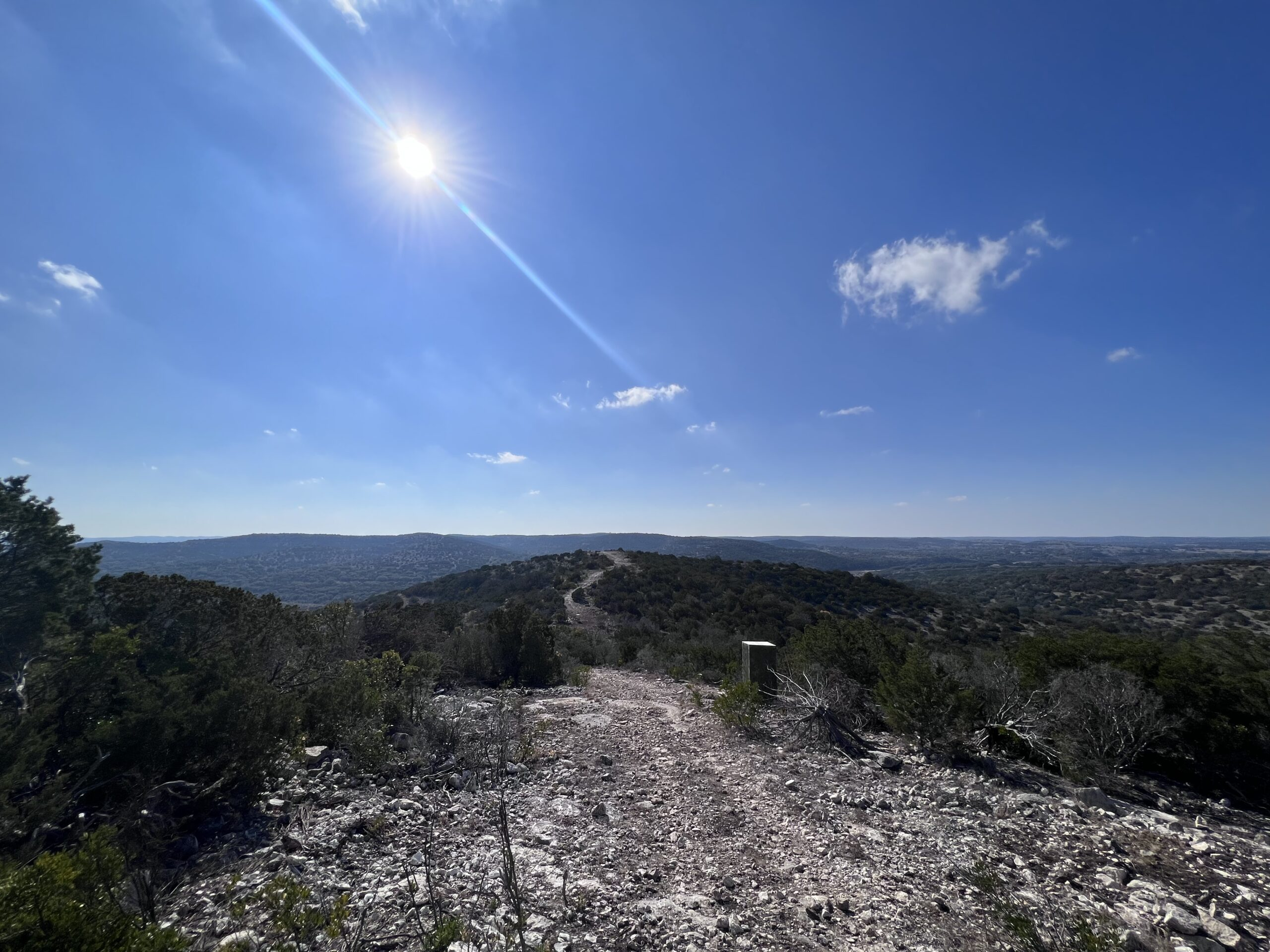
Impact of Climate on Life in Edwards County
The climate in Edwards County, Texas greatly influences the way of life and activities of its residents. This region experiences hot summers and mild winters, which have a significant impact on agriculture and wildlife.
The average annual rainfall is 22 inches, with temperatures ranging from 34°F to 62°F in January and 71°F to 97°F in July. The growing season spans approximately 250 days, starting in mid-March and ending in late November. The eastern part of the county
consists mainly of rolling terrain characterized by numerous hills and caves.
Agriculture Adapted for Dry Conditions
In this part of Texas, ranchers have learned to adapt their agricultural practices to suit the dry conditions. For instance, livestock breeds that thrive under these circumstances are chosen – such as Black Angus cattle or Dorper sheep.
This adaptation extends to crops too. Instead of water-hungry varieties like corn or wheat, farmers lean towards hardier species like sorghum, which can withstand drought better.
Wildlife That Flourishes In The Heat
Edwards County is also home to a variety of wildlife adapted for life in a hot climate. Species like the Jackrabbit and Roadrunner are common sights here because they’ve evolved traits allowing them survive even during peak summer temperatures.
Fascinatingly enough, some exotic animals not native to North America but suited for similar climates – think zebras, antelope, aoudad, axis deer, and so much more. – can be spotted within county borders at local game reserves and even low fence ranches.
Economic Activities in Edwards County
This isn’t surprising considering its rich history and geographical location.
Agriculture: The Backbone of the Economy
For generations, Edwards County has relied heavily on agriculture for economic prosperity. From raising livestock to goat herding, ranching provides both employment and essential resources.
USDA reports show that cattle ranching remains a vital industry here. But there’s more than just cows roaming these fields.
Hunting: A Sport Turned Profitable Venture
Beyond agriculture, hunting has emerged as an exciting sector for the county’s economy. With abundant wildlife, hunters from across the country flock to this part of Texas year round.
This activity not only brings revenue but also contributes to local businesses like lodging facilities or gear shops. Texas Parks & Wildlife Department data suggests considerable income from hunting licenses alone.
Real Estate: Land with Endless Opportunities
The real estate market presents another facet of Edwards County’s economic engine—land sales are booming. Buyers are drawn by scenic landscapes and potential investment returns on properties here.
In fact, firms like JamesBigleyRanches have experienced increased interest in their listings.“We’ve seen an uptick in inquiries about our available lands,” says James Bigley himself.”
In essence, it’s clear that Edwards County thrives on a blend of traditional and emerging industries. Agriculture, hunting, recreational, and real estate continue to shape the local economy while paving the way for future growth.
Rocksprings Texas. Edwards County History
Rocksprings Texas, a charming town located in Edwards County, Texas, exudes an irresistible allure that captures the hearts of its visitors. This rural community embodies the true essence of Texas with its rich history and thriving economic activities. Established
in1891, Rocksprings Texas earned its name from the natural springs found on its outskirts. As Edwards County’s sole incorporated town, it holds great significance as a vital hub for the surrounding ranches. Its strategic location at the intersection of U.S
Highway 377 and State Highway 55 makes it an indispensable center for trade and commerce. Rocksprings Texas traces its roots back to Native American tribes who inhabited this region long before European settlers arrived. The Lipan Apache tribe was
among those who called this area home, relying on hunting, gathering, and utilizing the abundant natural resources to sustain their way of life. In the mid-19th century, European settlers began flocking to this land enticed by fertile soil and ample water sources
provided by these natural springs. It was during this time that Rocksprings Texas officially came into being when a post office was established in 1891. The name “Rocksprings” is believed to have originated from both the rocky terrain prevalent in the vicinity as
well as numerous springs dotting the landscape. The economy of Rocksprings Texas primarily revolves around cattle ranching and agriculture – key industries synonymous with many Texan towns. Blessed with fertile soil and plentiful water supplies, Rocksprings
Texas became an ideal location for these endeavors. Situated on Edwards Plateau known for its rugged topography adorned with unique geological formations such as caves and canyons only added to its appeal. Over time, Rocksprings Texas experienced
gradual growth throughout late 19th century till early 20th century aided further by oil and gas discoveries within proximity which fueled economic development in this region. In recognition of its importance within Edwards County, Rocksprings Texas assumed the
role of county seat in 1891, a position it holds to this day. The county courthouse, an architectural gem steeped in history, stands as a testament to Rocksprings’ significance within the region. Rocksprings Texas and its surroundings are renowned for their
natural beauty and outdoor recreational opportunities. The area boasts numerous caves including the impressive Devil’s Sinkhole, one of Texas’ largest single-chamber caverns. These awe-inspiring natural attractions have drawn visitors to the region for many
years. Today, Rocksprings Texas remains a small yet thriving rural community with its focus firmly fixed on ranching, agriculture, and attracting tourists seeking outdoor adventures. The town has admirably preserved its historic charm while continuing to captivate
visitors who come from far and wide to explore the breathtaking wonders of this region. Although not boasting large city status or bustling streets filled with people, Rocksprings Texas is deeply intertwined with both the land it sits upon and those who have called
it home throughout history. It serves as a poignant reminder of Texas’ rugged beauty and unwavering spirit that characterizes rural communities across this great state.
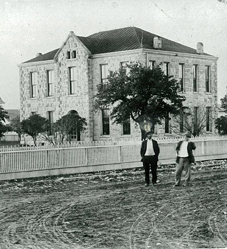
Things to do in or near Edwards County Texas
Devils Sinkhole – https://tpwd.texas.gov/state-parks/devils-sinkhole
Kickapoo Caverns – https://tpwd.texas.gov/state-parks/kickapoo-cavern
Fort Clark – https://en.wikipedia.org/wiki/Fort_Clark,_Texas
Mission San Lorenzo – https://missionsanlorenzo.com/
Camp Wood Texas – https://www.tshaonline.org/handbook/entries/camp-wood-tx / https://jamesbigleyranches.com/history/camp-wood-in-real-county-2/
Rocksprings Texas – https://cityofrockspringstx.com/
Drive on HWY 674 from Brackettville (Scenic Route) – https://www.onlyinyourstate.com/texas/best-windshield-views-tx/
Conclusion
Edwards County Texas is more than just a dot on the map. It’s a land rich in history and teeming with exotic wildlife.
You’ve journeyed through its rolling hills, discovered hunting thrills that set your heart racing. And how can we forget about those captivating sunsets?
From economic activities like agriculture to real estate opportunities waiting for you, it’s clear Edwards County offers more than meets the eye.
The unique topography? The diverse ecosystems? All add to its charm!
In short: whether you’re an outdoor enthusiast or seeking your next investment opportunity… Welcome home!

A Comprehensive Guide to Financing Land
A Comprehensive Guide to Financing Land: Strategies, Considerations, and Steps Introduction Land has always been a symbol of stability, opportunity, and prosperity. From ancestral homesteads
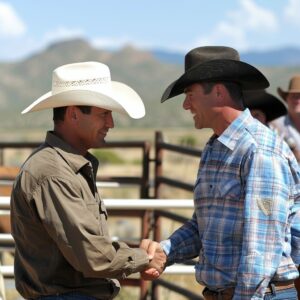
Mastering Land Sales: A Comprehensive Guide to Selling Your Property
Mastering Land Sales: A Comprehensive Guide to Selling Your Property Introduction The process of selling land is often perceived as a complex and challenging endeavor,
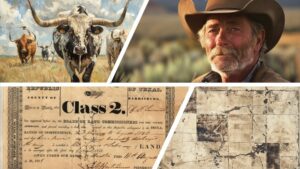
Legal Checklist for Ranch Investments
Legal Checklist for Ranch Investments In ranch investments, legal considerations are the bedrock upon which successful transactions and operational endeavors are constructed. Ranching ventures are
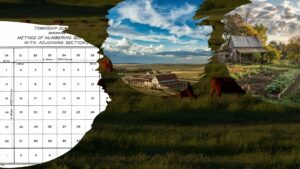
Is 10 Acres Considered a Ranch? Debunking Common Misconceptions
Is 10 Acres Considered a Ranch? Debunking Common Misconceptions 1. Introduction Ranching, with its iconic imagery of wide-open spaces, cowboys herding cattle, and sprawling homesteads,

The Top Five Largest Ranches in Texas: A Deep Dive into the Heart of Ranching Heritage
The Top Five Largest Ranches in Texas: A Deep Dive into the Heart of Ranching Heritage Introduction Texas, often hailed as the heart of ranching
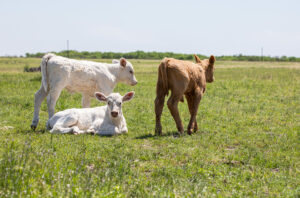
The Intricacies of the 2-Cow Tax Loophole in California: Unveiling the Complexities
The Intricacies of the 2-Cow Tax Loophole in California: Unveiling the Complexities Introduction Taxation is a fundamental aspect of modern society, serving as the
